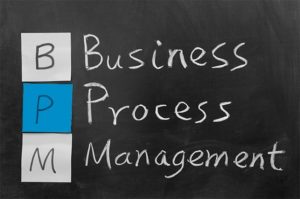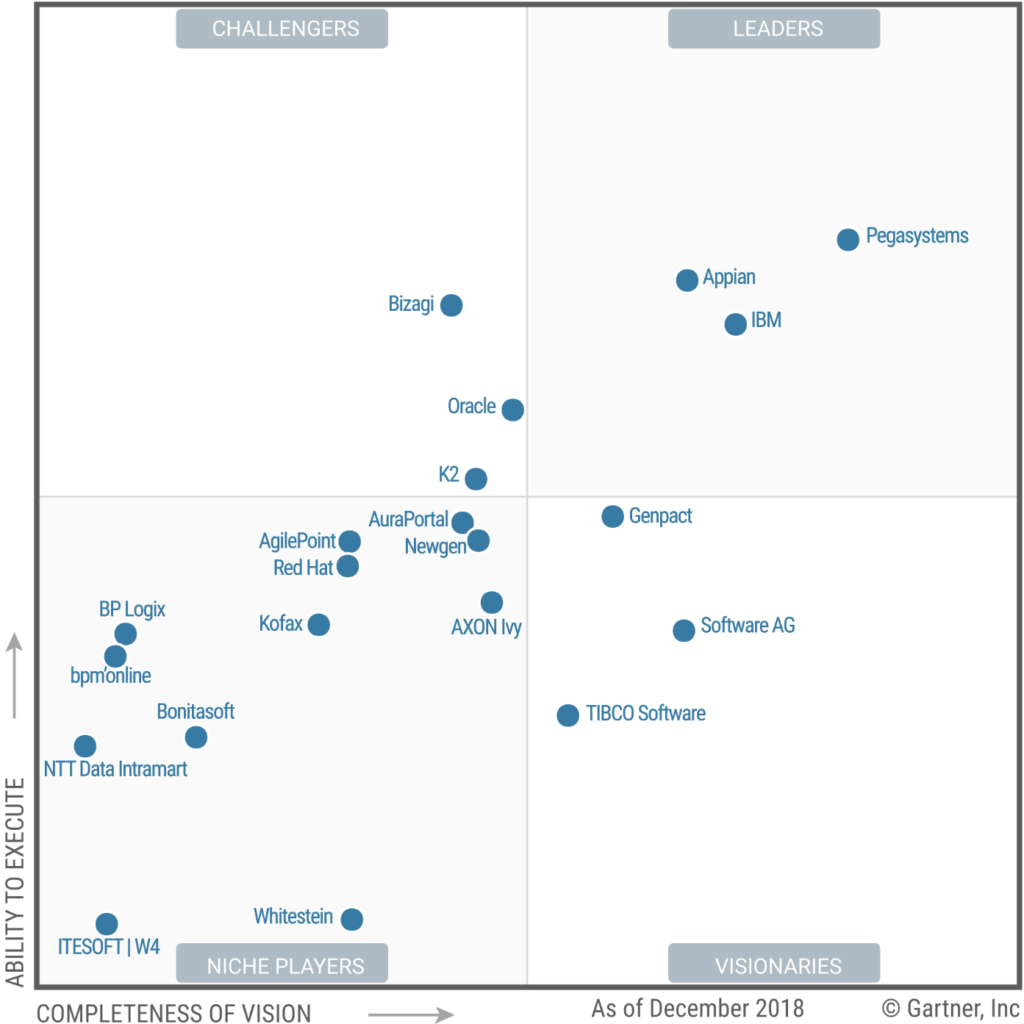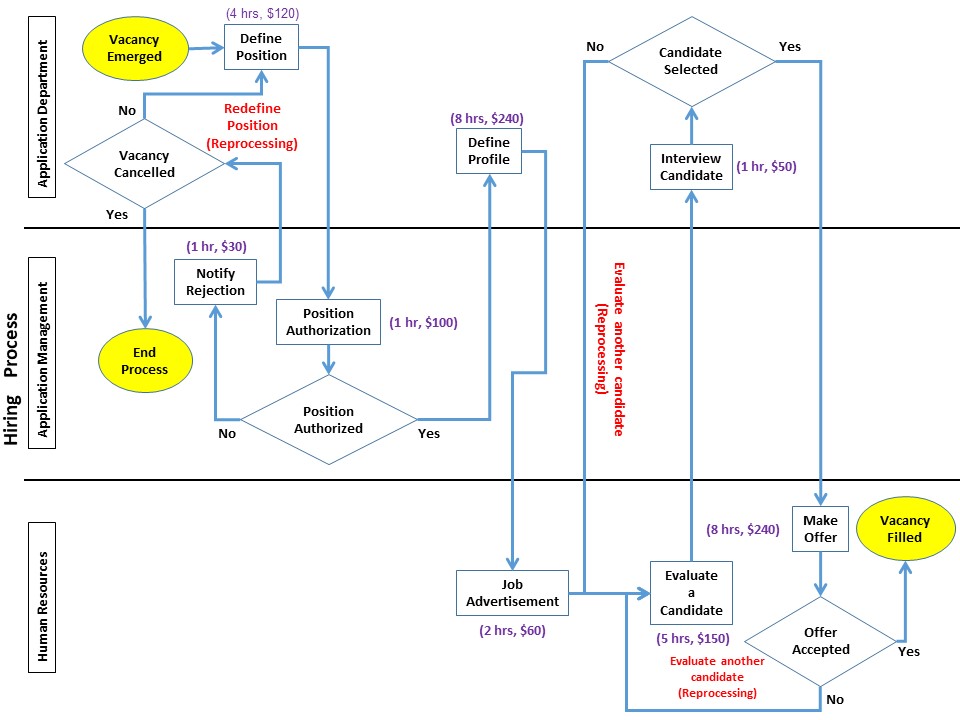Business Process Management – Benefits

Written By: Jose Gonzalez
September 15 begins Spanish Heritage Month and recognizes the contributions of Hispanic and Latino Americans to the United States and to observe their native heritage and contributing culture. Our blog contribution this month was from our very own Jose Gonzalez and is presented here in both Spanish and English. Thank you Jose for your insight into Business Process Management and thank you for your contributions to Momentum!
You may have a notion of what a Business Process is, but what does it mean to manage it? What are the benefits of managing it systematically? What is available in the market to help us with this endeavor? Let’s review some definitions, then try to answer these questions with a practical example.
According to the European Association of Business Process Management (EABPM), BPM is a systematic approach for capturing, designing, executing, documenting, measuring, monitoring, and controlling both automated and non-automated processes to meet the objectives and business strategies of a company (BPM CBOK, 2009).
A diagram of a business process continuous improvement cycle is presented below.

The most important part of a process is keeping it up to date, especially looking for improvement opportunities, like reducing the time a process takes to complete, avoiding errors, minimizing reprocessing of activities, and automating it as much as possible.
In your organization, have you had the opportunity to document a process or review one documented by somebody else? How many symbols are used to document a process? What components do you include in process documentation? How often do you analyze your process? Are your processes automated?
Fortunately, we are not alone in this world, and for those responsible for BPM, there are standards to make sure our business processes are universally understandable and transportable. There have been several efforts to define BPM standards for Symbols, Syntax, and Semantics. Some popular notations include:
- Extended Event-driven Process Chain (eEPC)
- Unified Modeling Language (UML)
- Ibo sequence plan (implemented in Prometheus BPM software)
- Business Process Model Notation (BPMN)
Developed by the Business Process Management Initiative (BPMI), BPMN is the most accepted standards notation with more than 50 Symbols for modeling Activities, Gateways, Connections, and Events. BPMI released Version 1.0 in 2004, Version 1.1 in 2008, Version 2.0 in 2011, and Version 2.0.2 in 2013. In 2006, the Object Management Group (OMG) adopted BPMN. The current BPMN version can be found at http://www.omg.org/spec/BPMN (“Object Management Group: Business Process Model and Notation (BPMN) Version 2.0”).
BPM Implementation and software solutions
When your company decides to implement BPM, there are software solutions that can facilitate the process documentation, measurement, and execution. Although they are not essential to implement BPM, they considerably simplify the effort required, and are essential to manage complex processes. The following 2018 Magic Quadrant by Gartner depicts the currently available software solutions and their ranking in the marketplace.

When selecting your software, keep in mind that an effective BPMN product should include the following:
- Activities Modeling (Workflow, Responsible)
- Data Modeling (Attributes list) (can be stored as XML, Java or .NET files)
- Business Rules (Gateways decisions based on data)
- Process Integration (communication with other systems) (Web Services, emails)
- User Interface (How users interact with the process)
- Work Allocation (user profiles for people participating in the process)
- Execution directly from process model (no need for additional software development)
- Process performance dashboard (Time, Cost, Waste, Errors)
- Auditing (logging the process sequence)
Let’s show a practical example. The below sequence represents a simplified company Hiring Process; an actual Hiring Process may include additional activities such as contract signature, background check, etc. (Freund & Rücker, 2016).

Process mapping is the planning and creation of flowchart or workflow diagrams with the aim of understanding how a process works. Mapping helps in visualizing the processes to better understand how your business functions, the strengths, and weakness of your business which will help to make your business work more efficiently.
A BPM process mapping workflow must answer questions like:
- What department will perform each activity?
- How long is the process of hiring one candidate?
- What is the cost of hiring one candidate?
- What is the loss in time for each activity that is reprocessed?
- What is the loss in revenue for each activity that is reprocessed?
Let’s assume that Time and Cost associated with completing a task is represented as (hrs, $). The diagram below represents a possible BPMN process mapping for the Hiring Process.

Now, looking at the above process mapping, we can answer the previous five questions:
- What department will perform each activity? Answer: Human Resources, Application management, and the Application department.
- How long is the process of hiring one candidate? Answer: 30 hours
- What is the cost of hiring one candidate? Answer: $990
- What is the loss in time for each activity that is reprocessed? Answer: Define Position: 6 hrs, Select Candidate: 6 hrs, Make Offer: 14 hrs.
- What is the loss in revenue for each activity that is reprocessed? Answer: Define Position: $250, Select Candidate: $200, Make Offer: $440.
The provided workflow solution is not unique, but what we want to show is the huge potential of using a BPM tool. In the real world, with very little changes, you will be able to provide this process workflow to the BPM software and the flow will be automated, without the knowledge of any programming language. BPM software will even provide the interface for creating the drawing; you only need to follow the software interface, hopefully using a BPM standard. The software should also provide metrics for process time, process cost, error frequency and reprocessing of activities.
You have read more about the value of using process mapping, the importance of having metrics associated with process activities, and the potential of using these tools for business improvement. Hopefully you have a better grasp of the concept of BPM, and you may have come to realize that it is vital to improving the efficiency of the business, and it is critical because, without it, innovation is not possible. Even if your processes are not fully automated, the information you obtain from the process mapping and metrics is paramount for your organization.
References
- Freund, J., & Rücker, B. (2016). Real-life BPMN: Using BPNM, CMMN and DMN to analyze, improve, and automate processes in your company (2nd ed.). Charleston, SC: CreateSpace.
- Business Process Management Common Body of Knowledge – BPM CBOK. (2009). Wettenberg: Schmidt.
- Object Management Group: Business Process Model and Notation (BPMN) Version 2.0. (2011, January). Retrieved from https://www.omg.org/spec/BPMN/2.0
Jose Gonzalez – Consultant

Jose Gonzalez is a goal-oriented leader with progressive experience in IT Operations, Management, and Consultancy in the US, Latin America, and the Caribbean. He has a background supporting complex IT Infrastructure, servicing 5,000+ users, and coaching multidisciplinary teams. Proven expertise managing the IT life cycle of Planning, Execution, and Support. English and Spanish speaker, able to communicate comfortably at the technical and executive levels. Current on the latest IT innovations, and rapid understanding of new technologies. Focused on understanding the business side needs and translating those into technology solutions.
 Tap to email
Tap to email
